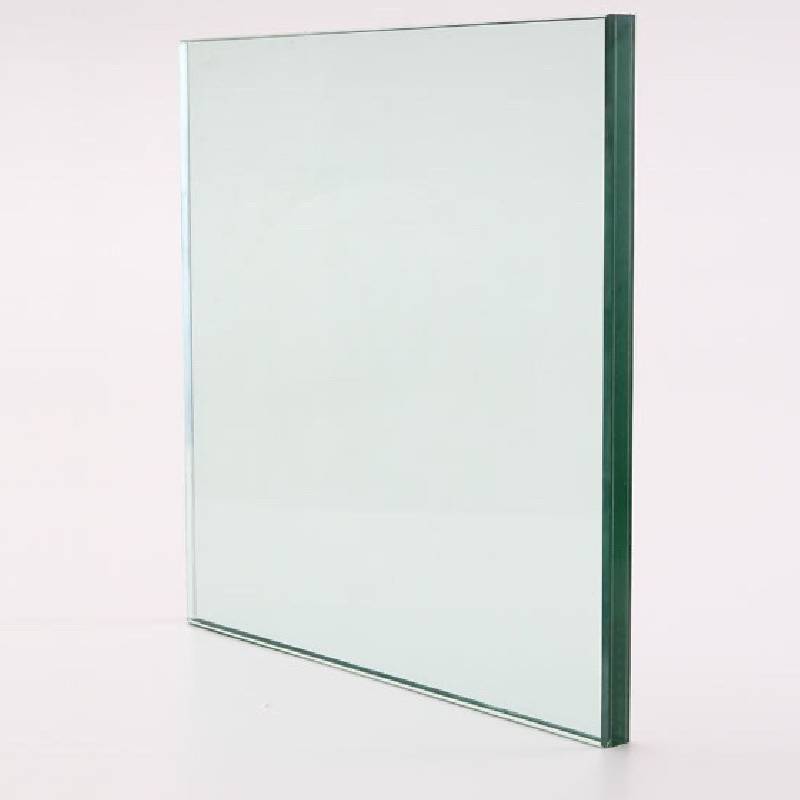The Allure of Water Pattern Glass A Perfect Fusion of Aesthetics and Functionality
Water pattern glass, also known as ripple glass or reeded glass, is a unique and captivating type of glass that garners attention for both its beauty and functionality. With its distinct undulating surface resembling the gentle ripples of water, this material finds its place in various applications—from architectural designs to home decor. In this article, we will explore the characteristics, uses, and the artistic appeal of water pattern glass, highlighting why it remains a favored choice among designers and architects.
Characteristics of Water Pattern Glass
The defining feature of water pattern glass is its textured surface, created through specific manufacturing processes that involve controlled cooling and molding techniques. This texture not only enhances the aesthetic quality of the glass but also filters light in a manner that softens and diffuses it, making it a perfect fit for spaces where both privacy and luminosity are essential. The visual effect is akin to looking through a body of water, adding a dynamic quality to whatever it encloses or separates.
Moreover, water pattern glass is available in various thicknesses, colors, and glass types—such as clear, frosted, or tinted. This versatility ensures that it can be tailored to suit different design themes, whether modern, traditional, or eclectic. Additionally, being durable and relatively easy to maintain, it remains a practical choice for high-traffic areas where wear and tear are a consideration.
Applications in Architecture and Design
Water pattern glass has found a diverse range of applications in architecture and interior design. Its most notable use is in glazing—whether in windows, doors, or partitions. The textured surface provides a layer of privacy while still allowing natural light to permeate a space. This makes it ideal for bathrooms, conference rooms, or any area where visual separation is desired without sacrificing brightness.
water pattern glass
In commercial settings, water pattern glass is often used in storefronts and office buildings, lending a contemporary feel while allowing companies to maintain a certain level of opacity. This application not only enhances the aesthetic appeal of the building but also contributes to energy efficiency by reducing glare and heat gain from direct sunlight.
Moreover, designers have integrated water pattern glass into furnishings and decor items, such as lampshades, privacy screens, and room dividers. These elements add a touch of sophistication and artistic flair to interiors, making them appealing to both residential and commercial spaces.
Artistic Appeal and Cultural Significance
Beyond its practical applications, water pattern glass also boasts significant artistic appeal. It invites interpretations that vary from one viewer to another; the rippled surface can evoke thoughts of tranquility, fluidity, and nature. Artists and designers often play with this concept by incorporating it into their work, crafting pieces that respond to the interplay of light and shadow, thereby creating dynamic visual experiences.
Culturally, water pattern glass has historical significance in various regions. From Western art glass movements to Japanese Shoji screens featuring textured glass elements, the technique reflects a long-standing appreciation for materials that marry beauty with function. Many artisans continue to experiment with water pattern glass, pushing its boundaries and exploring new methods to innovate and revitalize its use in contemporary design.
Conclusion
In conclusion, water pattern glass is more than just a decorative material; it is a perfect fusion of aesthetics and functionality. Its unique textural qualities and ability to manipulate light while providing privacy make it a versatile choice for architects and designers alike. Whether utilized in large-scale architectural projects or intricate decorative pieces, water pattern glass invokes a sense of artistry and elegance that remains timeless. As we move into the future, its intrinsic beauty and practicality will undoubtedly continue to inspire creative exploration in various domains of art and design, ensuring its place in the hearts and minds of many.
 Afrikaans
Afrikaans  Albanian
Albanian  Amharic
Amharic  Arabic
Arabic  Armenian
Armenian  Azerbaijani
Azerbaijani  Basque
Basque  Belarusian
Belarusian  Bengali
Bengali  Bosnian
Bosnian  Bulgarian
Bulgarian  Catalan
Catalan  Cebuano
Cebuano  Corsican
Corsican  Croatian
Croatian  Czech
Czech  Danish
Danish  Dutch
Dutch  English
English  Esperanto
Esperanto  Estonian
Estonian  Finnish
Finnish  French
French  Frisian
Frisian  Galician
Galician  Georgian
Georgian  German
German  Greek
Greek  Gujarati
Gujarati  Haitian Creole
Haitian Creole  hausa
hausa  hawaiian
hawaiian  Hebrew
Hebrew  Hindi
Hindi  Miao
Miao  Hungarian
Hungarian  Icelandic
Icelandic  igbo
igbo  Indonesian
Indonesian  irish
irish  Italian
Italian  Japanese
Japanese  Javanese
Javanese  Kannada
Kannada  kazakh
kazakh  Khmer
Khmer  Rwandese
Rwandese  Korean
Korean  Kurdish
Kurdish  Kyrgyz
Kyrgyz  Lao
Lao  Latin
Latin  Latvian
Latvian  Lithuanian
Lithuanian  Luxembourgish
Luxembourgish  Macedonian
Macedonian  Malgashi
Malgashi  Malay
Malay  Malayalam
Malayalam  Maltese
Maltese  Maori
Maori  Marathi
Marathi  Mongolian
Mongolian  Myanmar
Myanmar  Nepali
Nepali  Norwegian
Norwegian  Norwegian
Norwegian  Occitan
Occitan  Pashto
Pashto  Persian
Persian  Polish
Polish  Portuguese
Portuguese  Punjabi
Punjabi  Romanian
Romanian  Russian
Russian  Samoan
Samoan  Scottish Gaelic
Scottish Gaelic  Serbian
Serbian  Sesotho
Sesotho  Shona
Shona  Sindhi
Sindhi  Sinhala
Sinhala  Slovak
Slovak  Slovenian
Slovenian  Somali
Somali  Spanish
Spanish  Sundanese
Sundanese  Swahili
Swahili  Swedish
Swedish  Tagalog
Tagalog  Tajik
Tajik  Tamil
Tamil  Tatar
Tatar  Telugu
Telugu  Thai
Thai  Turkish
Turkish  Turkmen
Turkmen  Ukrainian
Ukrainian  Urdu
Urdu  Uighur
Uighur  Uzbek
Uzbek  Vietnamese
Vietnamese  Welsh
Welsh  Bantu
Bantu  Yiddish
Yiddish  Yoruba
Yoruba  Zulu
Zulu 

